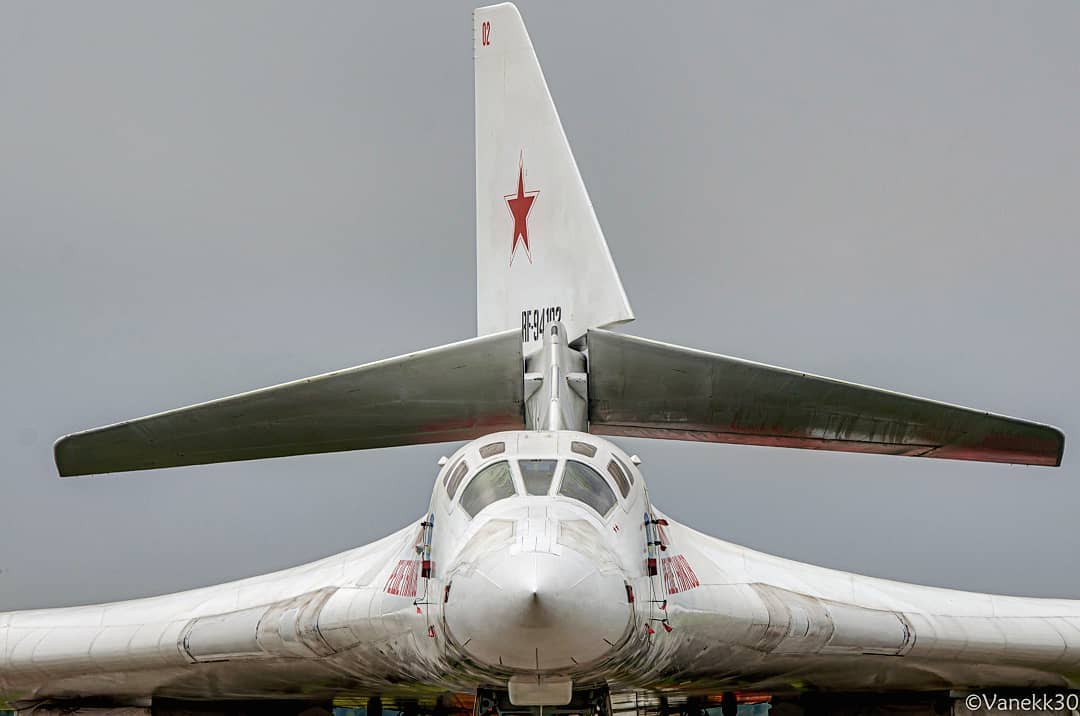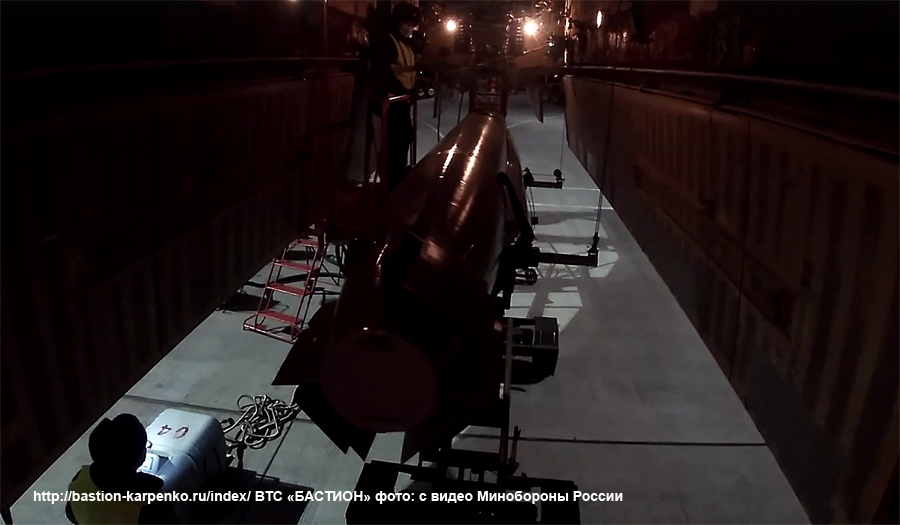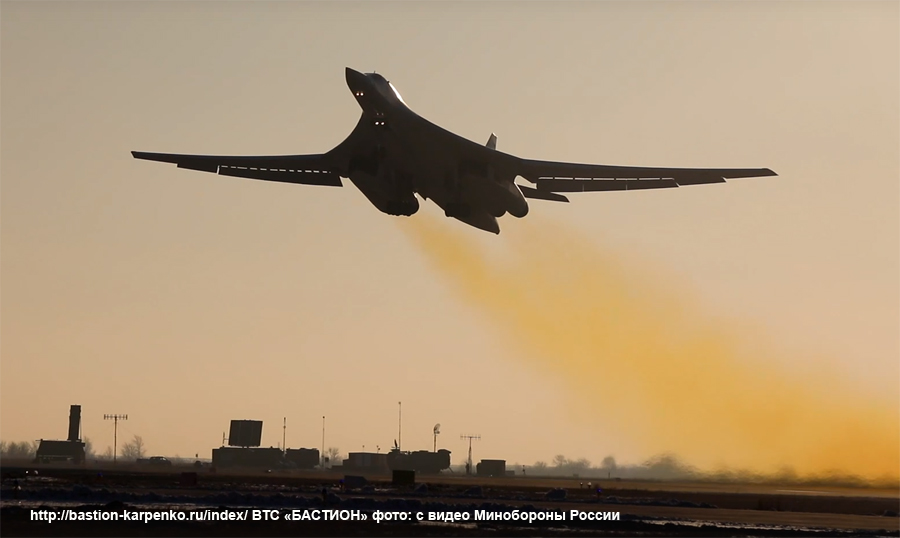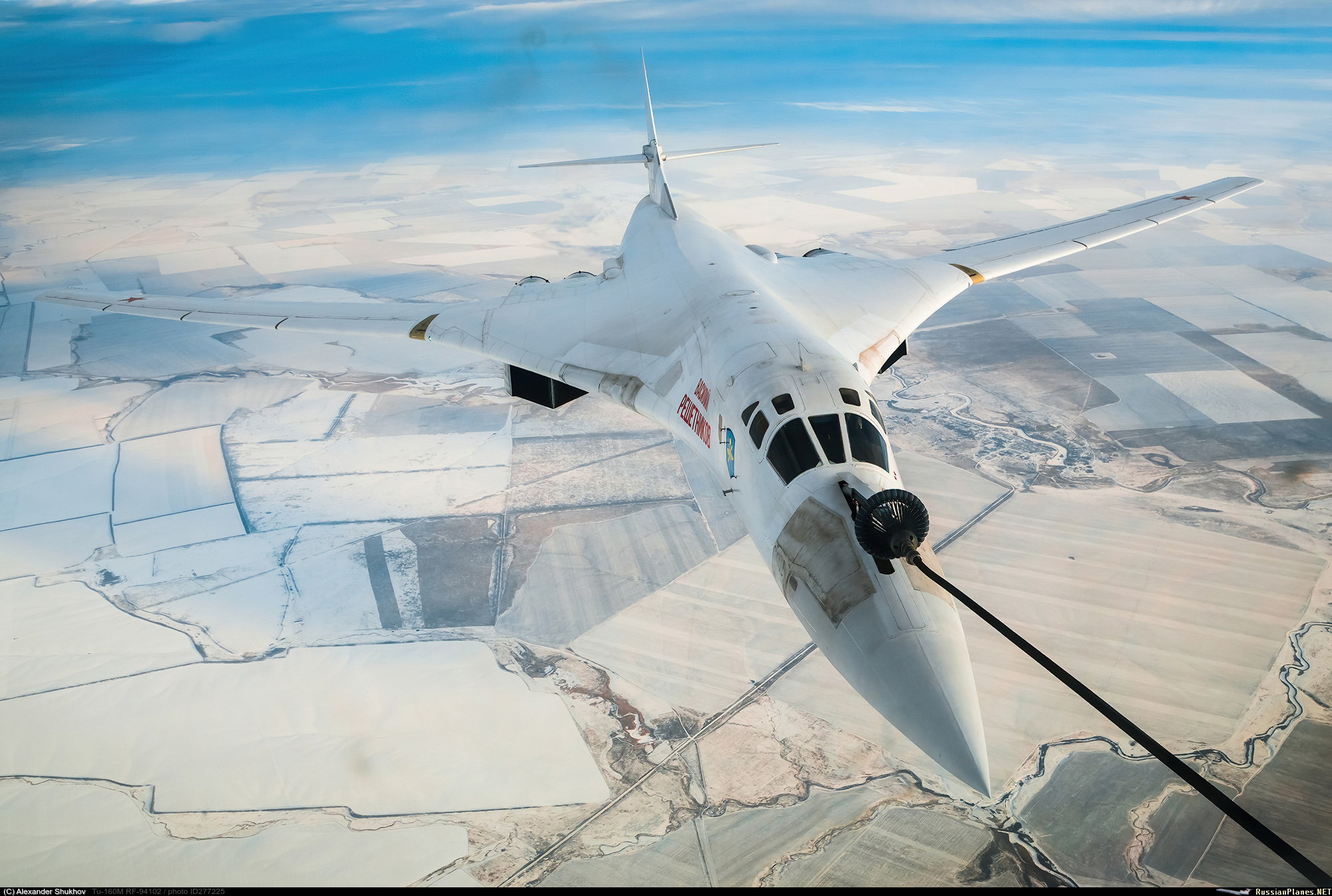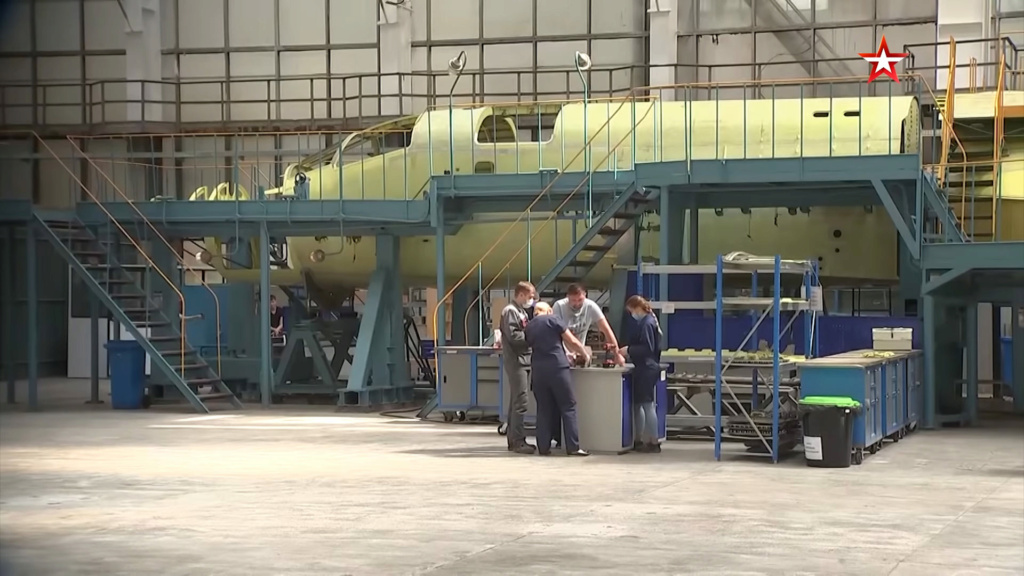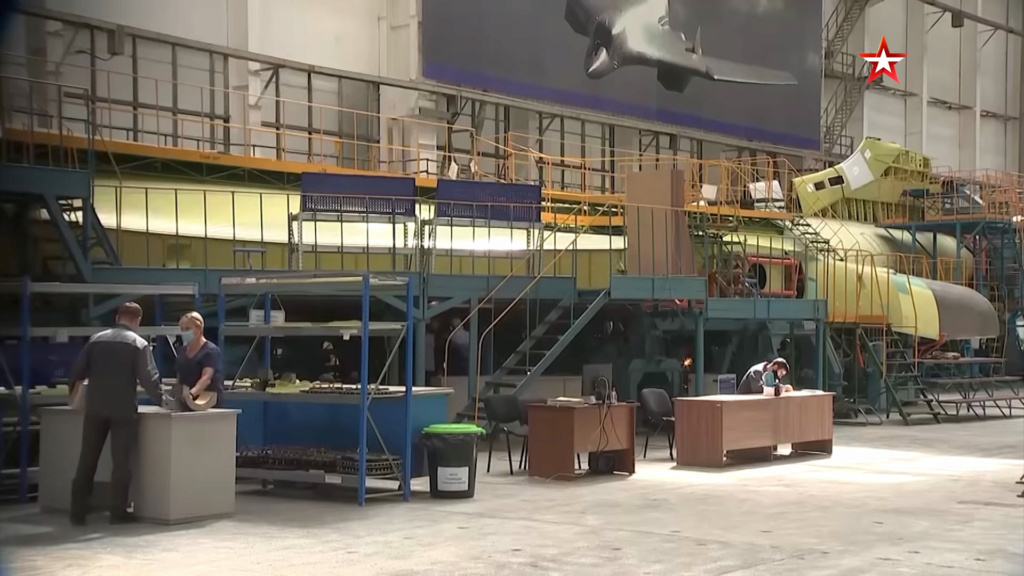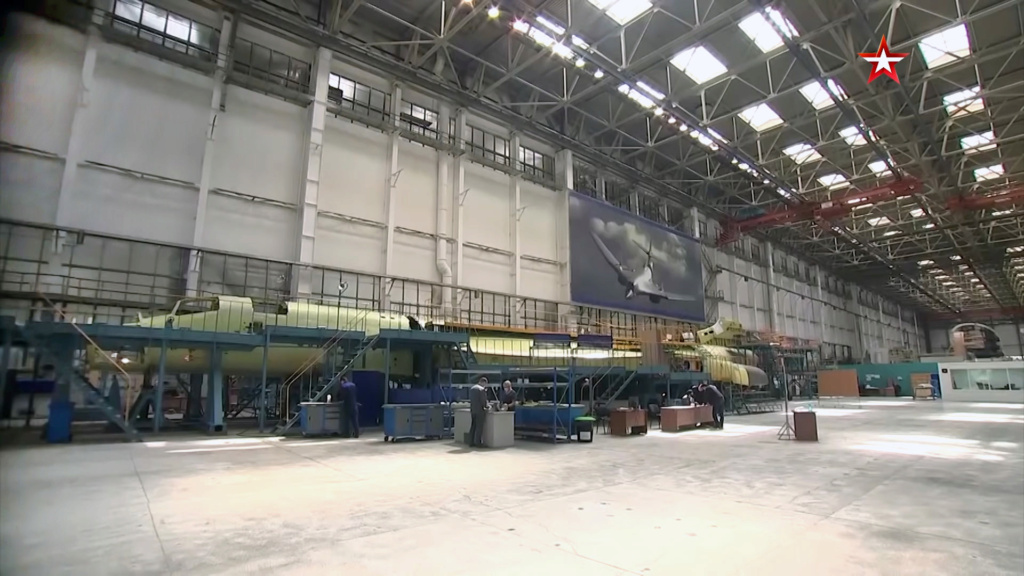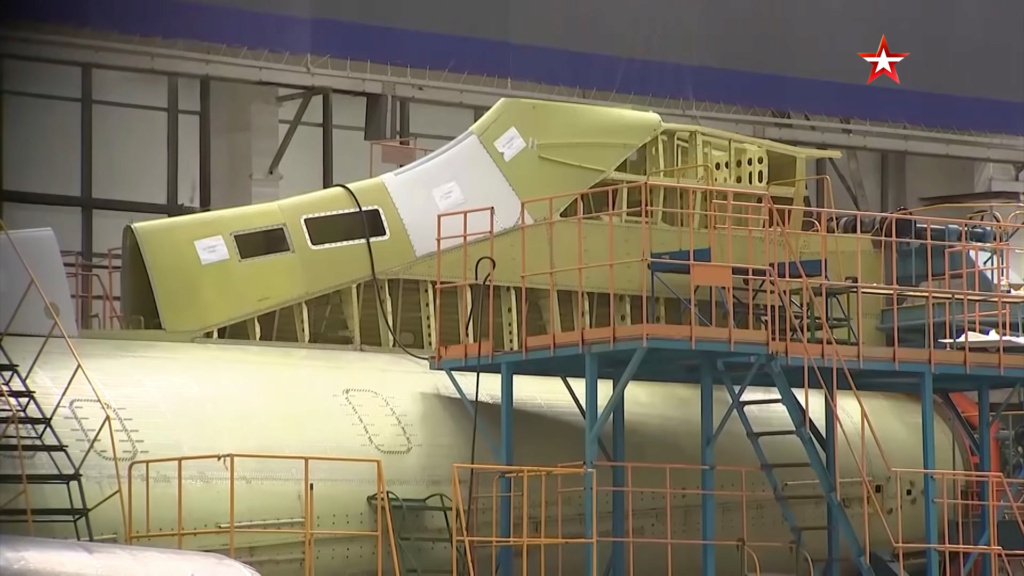Instead, building whole new planes is beneficial for multitude of reasons:
- re opens production which was lost initially. Meaning more jobs and specialists
- gives opportunity to re-tool the plant
- bigger order and thus more money to plant.
- gives opportunity to seek improvements to the plane in the airframe/structure (more composites)
- with newly trained specialists, means better opportunity to have a new design and properly working plane in future.
It creates production of parts and systems in Russia that used to be based in the Ukraine and other former Soviet States... most of which is still based on Soviet era technology and materials and has not been dramatically upgraded.
New Russian makers can use new technology and design and production techniques etc etc to make it new generation like they have with other items they are producing now with all improved and upgraded components in upgraded tanks and upgraded ships etc but also new designed from scratch tanks and ships etc.
It means production will take place in brand new Russian factories who can use the new equipment and tooling for other new projects as well with all the money invested invested in a Russian company rather than one located in a different country... with the added bonus of payments in Rubles and no money wasted on currency trading.
The plant can be scaled to need rather than what the Ukrainians want.
All new generation tools and materials and design techniques can be applied on these replacement engines and aircraft etc etc to get maximum performance improvement.
Everything is located in Russia so when it comes to export potential they have the say because they own the design and can control production and dont need permission and are essentially sanction proof.
It also allows them to compete on the open market in competition with their former suppliers which means potential contracts to support Soviet aircraft in other countries with components that will be related to the new systems in their new products... ie they can provide engines to replace those currently used in their own aircraft that used to be Ukrainian but are also making new engines for new aircraft... both of which they can sell to replace older obsolete Soviet types.
Rotational speed is not directly related to speed of the plane.
Of course it is... the two ways to increase airflow through a jet engine is to increase the shaft spin rate or change the angle of the blades on that shaft.... and I am not aware of any jet engines that have variable angle blades all the way through them.
To get to M 4.2 what you need is exhaust velocity, i.e the exhaust has to exceed M 4.2 and have enough mass to power the plane at that speed. Sure this will be one tricky thing to manage.
it is trickier than that... they need to slow the velocity of the air going into the engine to subsonic speeds so the fuel can burn in the hot section and then expel the air out the rear of the engine at high speeds to get the thrust needed to move the entire aircraft at that flight speed.
Being a turbofan a bulk volume of air does not go through the hot section, but even then the top flight speed of the MiG-25 is about Mach 2.84 for about 5 minutes and then you need to slow down.
As you mention the SR-71 does not run its engines at more than idle speed when flying very fast... it is all bypass ramjet propulsion.
In both cases it is because the rotational speed needed to achieve flight speed without ramjet tricks will destroy the blades and the engines.





